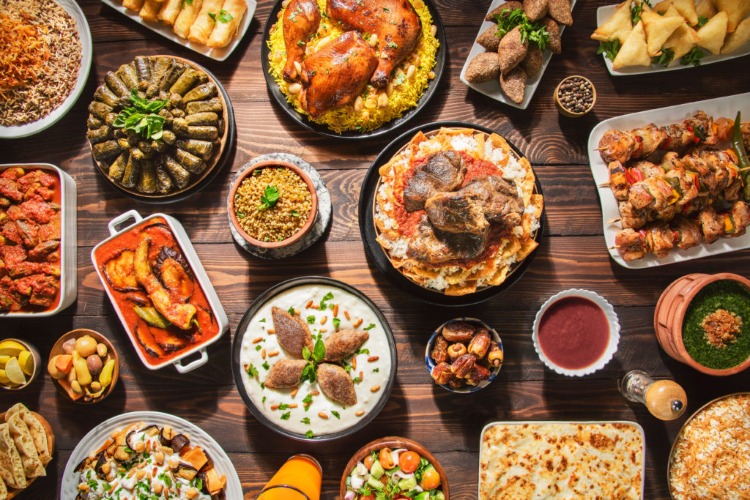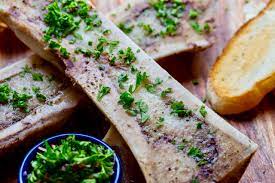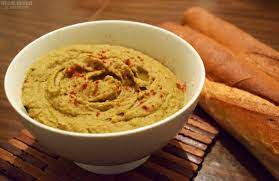Egyptian culture is so rich and diverse in every aspect. Food is definitely one of them, especially traditional, old-timey food that might sound weird or unfavorable to some. Even though it ranks as a delicacy or an authentic acquired taste to others. So, here is a list of Egyptian foods that you might either crave or completely despise with no in between. And who knows, maybe there are some dishes on the list that you didn’t try before, let’s devour this, shall we!
Kaware’ (Calves)
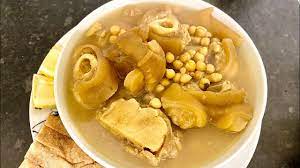
Eating unusual animal parts is present in most cultures. It comes out of necessity and minimizing waste back in the day turning into a delicacy as time’s gone by. One of those unusual parts is cow claves, really fatty and muscular, the dish is prepared by thoroughly cleaning and skinning the claves first, a labor-intensive step, almost always done by the butcher. Cooking them is a bit straightforward, first a quick blanch in boiling water to skim impurities, then boiled for hours with aromatics like onions and spices like bay leaves, cardamom, cloves and black peppercorns.
This one is an acquired taste regarding both smell and texture, to some people it smells of leather which is unappealing for obvious reasons. And the texture is mildly chewy and gelatinous. Both these things are a favorite to some or a big no-no to others.
Mawaseer (Bone Marrow)
Bone marrow is considered liquid gold in most parts of the world, known for its strong, mouth-watering umami flavor and jelly-like texture. In Egypt, it is prepared just like most meats. A quick rinse under cold water then boiled for hours with aromatics and spices, usually served over rice with its stock as a side dish. The only issue might be with the texture, most people find jiggly, gelatinous textures quite repugnant.
A way to avoid that will be to go western with this authentic Egyptian food, meaning to grill it! I suggest an American BBQ place to avoid the hassle and labor-intensive cooking.
Butcher’s Fruits
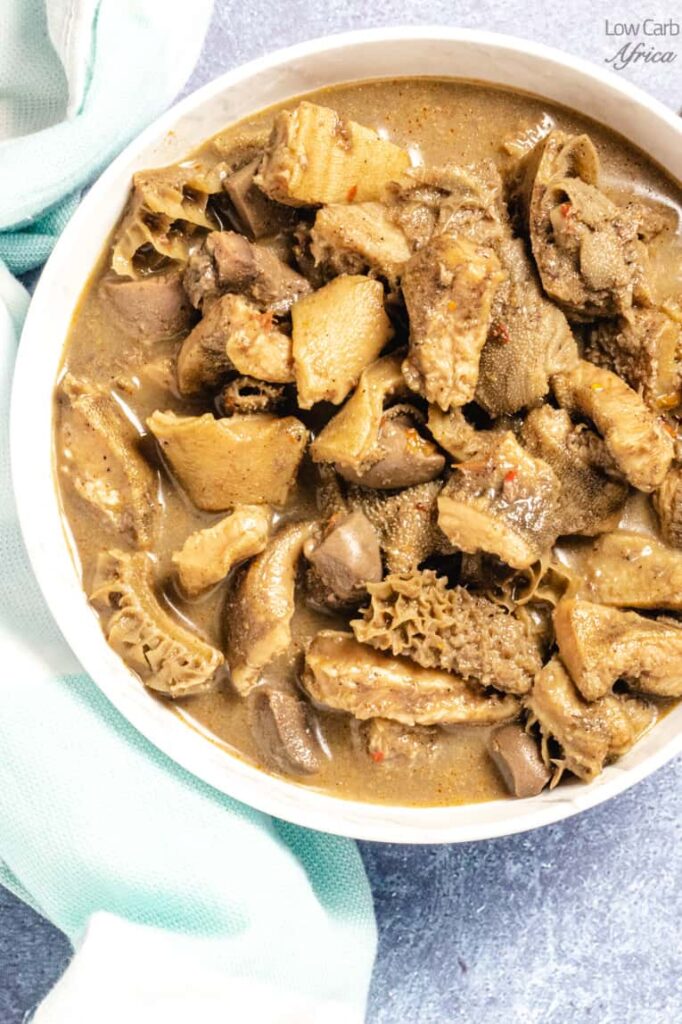
Aka non-muscular tissue, organs, and glands of cattle that include but are not limited to liver, kidneys, intestines, brains, thymes…etc. Each part is cooked in a different way to get different flavors and textures but the most common method is boiled with aromatics and spices then sauteed in gee or butter.
These particular parts of cattle tend to have a gamy flavor that is strictly an acquired taste, also the really soft or really chewy texture depending on the organ might be offputting to some.
Retsa (Sea Urchin)
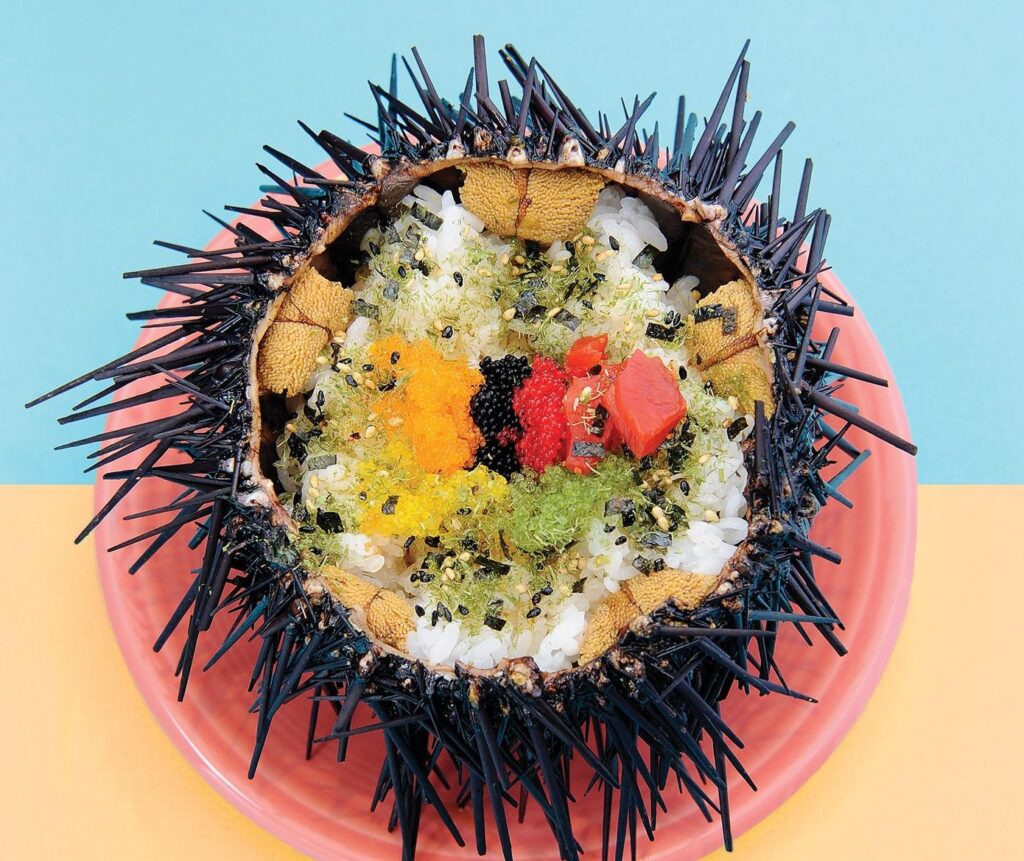
More commonly known as uni in Japanese amongst delicacy foodies, this is simply the caviar of sea urchins it is a very expensive seafood that is native to Alexandria, Egypt. The reason why it has such a hefty price tag is that it is seasonal and has to be caught by hand, not to mention the preparation of this poisonous spikey sea urchin. And reasons, why some people might find it not delectable, is that it’s eaten sashimi style, and most MENA region natives are not used to eating raw foods. Another reason might be the strong fishy smell or the sandy texture like most caviars.
Bissara (Peeled Beans and Greens Dip)
Enough with animals, let’s go vegan! Egypt has a lot of rich vegan dishes that are perfect for nutritional value and taste at the same time. But some might not like some of these dishes. One of which is Bissara. This thick dip is made by soaking dried peeled beans overnight, then boiling them with onion, garlic, and green herbs like parsley or dill, any herb on hand to give it its distinct green color. Lastly, this cooked mix is blended and then sauteed in caramelized onions.
This dish smells divine actually, the only problem with it for some people might be the mushy texture but it can be balanced by using crackers or crispy toasted bread instead of the usual soft pita bread.
Qolqas (Taro Stew)
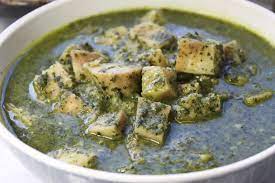
Taro is known in other parts of the world, most famously as a bubble tea flavor in Asian countries, in Egypt however, it is prepared as a hearty stew served commonly during lent. The dish is made by peeling and cubing the hard sturdy taro plant then boiling in whatever stock suits the meal, and finished with a blended mix of greens and sauteed garlic for the perfect aroma and flavor. Taro texture is closest to potatoes, just a bit more starchy and squishy which might be offputting to some.
Keshk (Pudding-like Dip Topped With Protein)

This dish is surprisingly unknown to most, even Egyptians! The pudding part of the dish is made by fermenting yogurt for a couple of hours using lime juice and then cooking it into a pudding over medium heat using flour. From here it goes on as normal, topping it with your protein of choice usually chicken but shrimp is a must-try with this dish, and the most crucial part, crispy, sweet, caramelized onion, lots of it!
This dish is an explosion of flavors and textures, the tanginess from the yogurt pudding clashing with the umami of the protein then balanced out with the sweetness of the caramelized onion makes every dip a perfect bite! But, some people are completely off-put by pudding being salty and tangy, a texture that most of us are used to in desserts.
Khobiza (Collared Greens Stew)

A simple straightforward dish is prepared by washing the collard greens, cut them then sauteeing in gee and adding a stock of choice and simmering for while then serving over rice or pita bread. Two main issues with this dish, it is a bit not flavorful enough to some, and the texture of the rough collard greens that needs a bit more chewing than most veggie stews.


